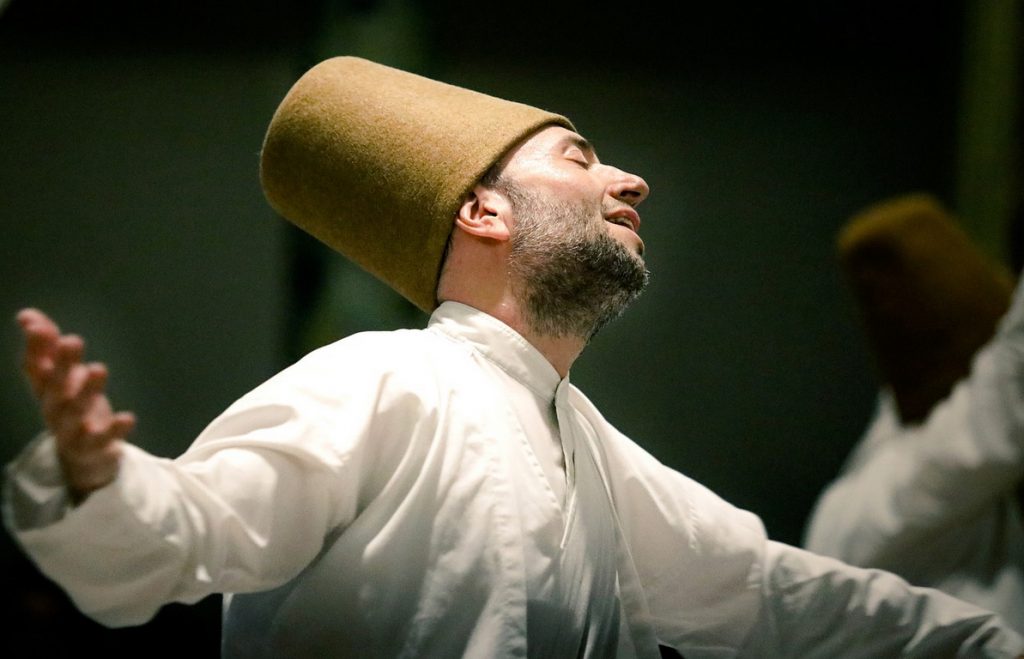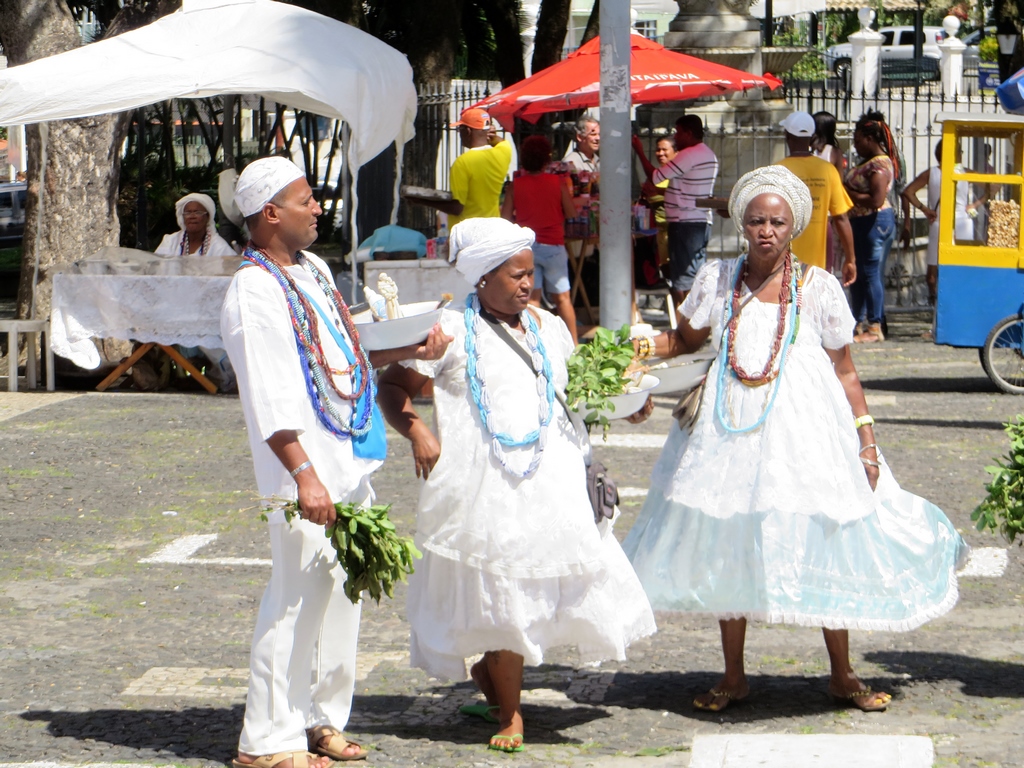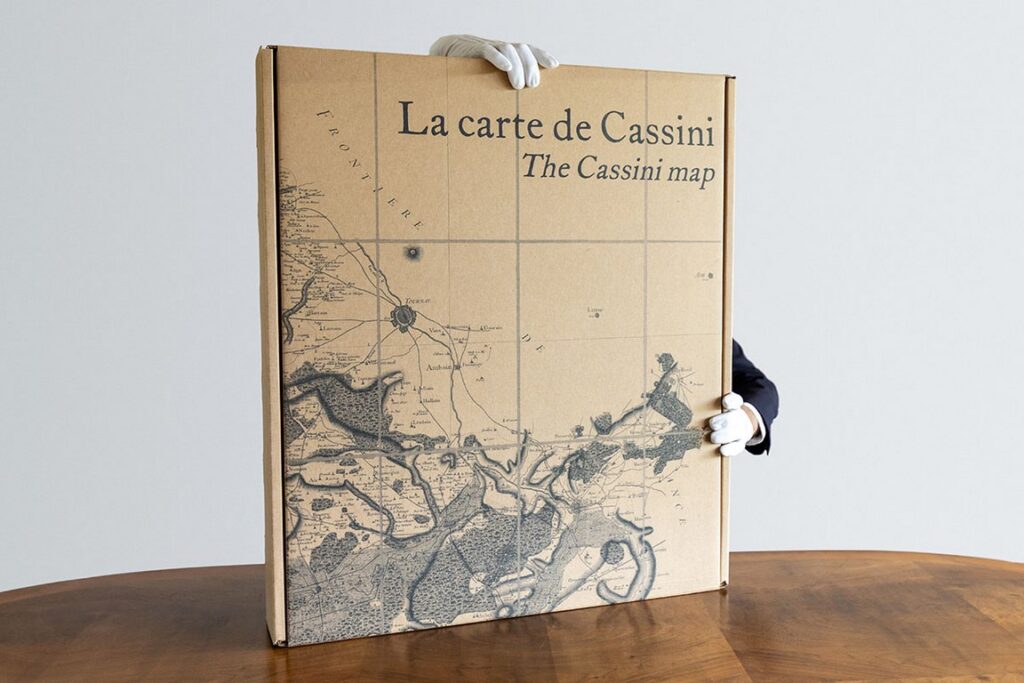
How did you come across trance?
My first encounter with trance was during an ethnopsychiatric consultation I ran at the Centre Georges Devereux, a university center providing psychological assistance to migrant families. In these consultations, we receive patients in a group of co-therapists (doctors, psychologists, trainees, interpreters). A member of the team asked us to see a patient of Cameroonian origin from the Douala ethnic group. She was extremely depressed following the death of her father, refusing to eat and no longer caring for her infant child. And the antidepressants she had been prescribed were having no effect on her. I put her in a chair in the middle of the group and stood facing her. Then I began to speak softly to her, telling her to close her eyes and relax. I suggested a moment of relaxation. Then, all of a sudden, her eyes began to roll back, her lips to tremble and a deep voice, a big man's voice, came out of her mouth. Everyone was frightened. The voice asked, "Who are you? Talking to the entity, I realize that it's the voice of his dead father that comes out in this unexpected trance. I could have stopped there, but I answered the voice. I asked him: "But who are you? You're the one who's come to my house, it's up to you to introduce yourself"!
With this first trance experience, I understood that it's the invisible being that's important, not the trance. These invisibles can differ from one ethnic group to another, from one country to another - in this case, it was a dead person. When these invisibles burst into the visible world, they act on humans. They are presences. In Arabic, to describe trance, we say hadra, which literally means "presence".
This patient was permanently inhabited by entities from the world of the dead. As soon as I intervened and made appointments with the father from session to session, I transformed a permanent, toxic relationship (with a dead person) into a punctual, reversible presence. This is the key to understanding the trance mechanism. It transforms a state of depression into moments of exchange.
Possession cases can be very different?
Some cases are psychopathological in origin, but many occur in the context of sociological and social functions, - for example, the status of healer, seer-therapist or member of a fraternity, each of whom may "go into trance" in order to carry out their work as therapists. Whatever the case, possession is always the occupation of a subject's interior by a cultural being. Sometimes it refers to the occupation of a subject by a supernatural being with a destructive effect. Sometimes, it is the subject himself who seeks this occupation, either for therapeutic purposes for himself or others, or for clairvoyance or prophecy. The Gnawa of Morocco, for example, hold festive possession cults in which not only the local population take part, but also the sick who come for treatment. Priestesses and adepts enter trance and pay homage to small local divinities, "genies" who bring them success in healing acts, but also in business and sometimes in politics. During ceremonies, the trance goes through a ritual in which every gesture, every musical instrument, every song and every dance step is performed according to a codified order. These ritualistic festivities still enable these groups to survive, but they are under increasing threat from both fundamentalist Muslims and modern medicine.
In the Arab-Muslim world, the Middle East and the Maghreb, spirits are always present, and above all in language. In Ethiopia, Egypt and Sudan, brotherhoods used to organize rituals for the zars, the numerous invisible spirits, each with their own name, in which Christians, Muslims and Jews took part. Zar is an Amharic word; in Hebrew it means "stranger" and in Arabic "visitor". If we take all three words, we get the correct definition of zar: "A stranger who comes to visit".
In the first half of the twentieth century, my grandmother took part in such festive rituals in Cairo (eating, dancing, serving tea, joking...), often organized to heal people afflicted by zar. In Egypt, these rituals also seemed to honor "the spirits of the earth", the owners of the soil, and therefore transcended communities and religions. In fact, most of the time, they were called sayed, "the lord". In Morocco, the Gnawa call them mlouk, "the owners".
Does zar still exist in Islamic countries?
Today, in these countries, zar rituals, increasingly frowned upon by rigorist Islam, have become clandestine. But a few decades ago, everyone in Egypt had at least one family member practicing zar. And the congregations were very numerous. The authorities wanted to control them because they had a certain political power. From the time of the Khedives, the authorities tried to control the congregations. At the beginning of the xx century, the khedive Abbas even created a function, the cheykh macheyikh al-turuq alsufiyya, the "sheikh of sheikhs, master of masters of the ways of Sufism", a sort of "pope" of demon rites. In spite of all their efforts, the rites proliferated. Today's Islam has succeeded in stifling them. But the phenomenon will certainly resurface, as it has existed for millennia.
As for traditional therapists, they often have to deal with djinns. However, if a therapist wants to have a foothold in a Muslim country, he will necessarily present himself as Koranic. The latter also trigger trances of sorts in their patients, but here it's more a question of exorcisms designed to drive the demon out of the possessed person. This therapy is often ineffective because, in the presence of the therapist, the djinn pretends to leave the sick person, and returns as soon as the therapist has left. To heal a possessed person, you don't have to chase the djinn away, you have to establish a relationship with him, negotiate, and know what the invisible being demands of humans. However, you should be aware that the word djinn is never pronounced in Arabic for fear of summoning them. We use euphemisms, words like: muslemin, "Muslims", or é nass, "people" which means "people" (who are not people, not human). And everyone understands.
In fact, whatever the rituals, it's always the same mechanism that's at work: it's all about dealing with invisible entities. And with the invisible, you have to take concrete action. To practise particular rituals. This is what traditional therapists, often referred to as "spirit masters", do.
As for me, when I treat patients who seem to me to be possessed by spirits, I speak directly to them, to the non-humans who are tormenting them. As a result, I put patients in a position where it will be easier for them to heal, because at no time do I make them responsible for what happens to them.
Are there any cases of spontaneous trance?
In Candomblé, practised in Brazil and brought over by African slaves, mainly from Benin and Congo, a participant's first trance is often spontaneous. It occurs in the terreiro (place of worship) where the ceremony celebrating one or more orishas (deities) takes place and often appears at the end of the first part of the session. The person is suddenly 'taken' by the deity and falls violently to the ground. The subject is then taken in charge by women whose role it is to look after the possessed and taken to a secret room where the initiatory reclusion phase takes place. On the other hand, the trances of the other initiates appear beforehand, in a codified manner, as they are ritually prepared to receive their divinity.
Can a person go into a trance outside a group?
No, it's always a group or family phenomenon. It's never a solitary phenomenon. Trance doesn't appear just anywhere, or at any time. Or even under the sole influence of music, singing, drumming, bells. Unless you are dealing with a healer who has been trained to do this for a long time. For example, in the case of Muslim healers, after negotiating with the djinns of their patients, they sometimes keep them with them and honour them. Later, they may ask them to intervene on their own behalf or on behalf of other patients. Around the hut or house, they have places, small chapels of sorts, where they house their djinn. They are feared and sometimes even pursued by the villagers. To protect themselves and avoid being blamed for the misfortune that befalls the community, they often become Koranic teachers (fkih). But because of the fundamentalists, they can no longer hold their festivals. And if they stop honouring their jinn, they fall ill. Because the bond you form one day with an entity is destined to last a lifetime. And today, many people are sickened by not being able to honour them. In Algeria, this is becoming poignant.
Can trance be seen as a therapeutic device that both heals and restores the patient's place in the community?
It should be remembered that illnesses involving trance are often "elections". A patient remains unwell until he hears the entity's call. The most spectacular phenomenon I witnessed was in Brazil. In a supermarket, I met a man, a mestizo from the favellas, with whom I started chatting in a queue. As I was telling him what I did for a living, he told me that he had contracted furunculosis all over his body, which was resistant to antibiotics. The doctors had told him that his illness would progress to septicaemia and that he might die. In desperation, he went to a Candomblé ceremony, where a priestess told him that Sakpata (or Obaloyé, as he is known in Candomblé, the eldest son of the mother of the Orishas) was manifesting himself there. Sakpata is often depicted covered in smallpox pustules. After undergoing the rituals dedicated to this divinity, his boils healed completely, but left scars that he was happy to show me. Surprising? By linking this person to the culture of his African ancestors, Candomblé had enabled him to be cured.
What is the link between possession and shamanism?
Shamans are also possessed, but unlike possession by "cultural beings", where it is the invisible who come down to visit humans, the shaman goes "up" to meet his "guide". In a sort of waking dream, he sets off in search of his entity, his spirit. Most of the time, this is aided by tobacco, as he will 'ascend' with the smoke, and by many other psychotropic substances.
Freudian psychoanalysis struggled to explain possession phenomena by referring to hysteria, while modern psychiatry refers to processes of dissociation and hallucination. What do you think?
Charcot started it all! As early as the 1890s, he began to secularise the mechanisms of possession. It was he who described the demon-possessed of the Christian tradition as hysterics suffering from psychic problems. In doing so, Charcot clearly wanted to monopolise the market for women's psychological problems - which, incidentally, he succeeded in doing. Freud only continued in the same direction, even specifying that the possessed suffered from sexual problems. I have just one comment to make. Today, hysteria has disappeared from psychiatric textbooks, and trance phenomena are more prevalent than ever.
Interview by Brigitte Postel
This interview was published in Natives n° 6 https://www.revue-natives.com/editions/natives-n06/
Biography
Tobie Nathan was born in 1948 of Italian-Jewish parents living in Cairo. The family emigrated to Italy in 1957 and then to France in 1958. In 1986, he became professor of clinical and pathological psychology at the University of Paris-VIII, where in 1993 he set up the Centre d'Aide Psychologique aux Familles Migrantes (psychological support centre for migrant families) Georges-Devereux , name of his professor, psychoanalyst and anthropologist, founder of ethnopsychiatry.
He is the author of numerous scientific works and essays, notably La Folie des autres (1986), Nous ne sommes pas seuls au monde (2001), Du commerce avec les diables (2004), La Nouvelle Interprétation des rêves (2011), Philtre d'amour (2013), The souls errantes (2017) and novels including Saraka Bô, (1993), Ethno-novel (2012), The country that looks like you (2015), La société des Belles Personnes (2020).
And published by Editions L'Iconoclaste: Secrets de thérapeute.




